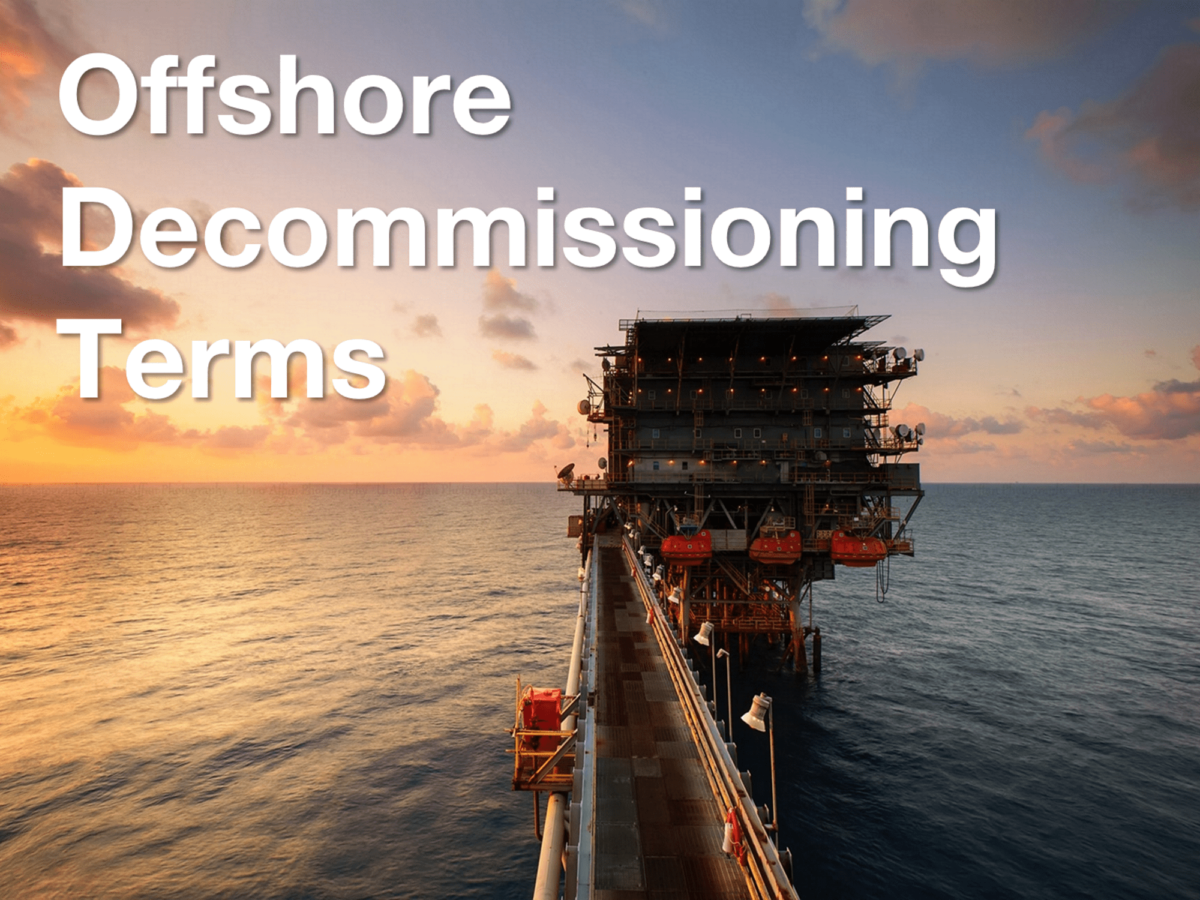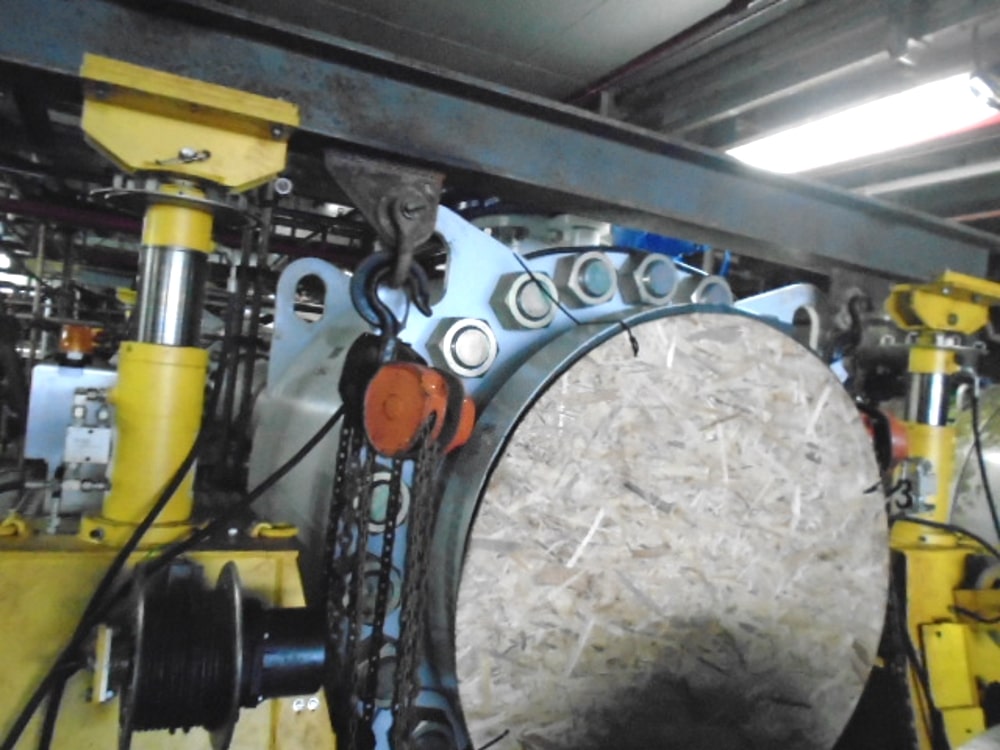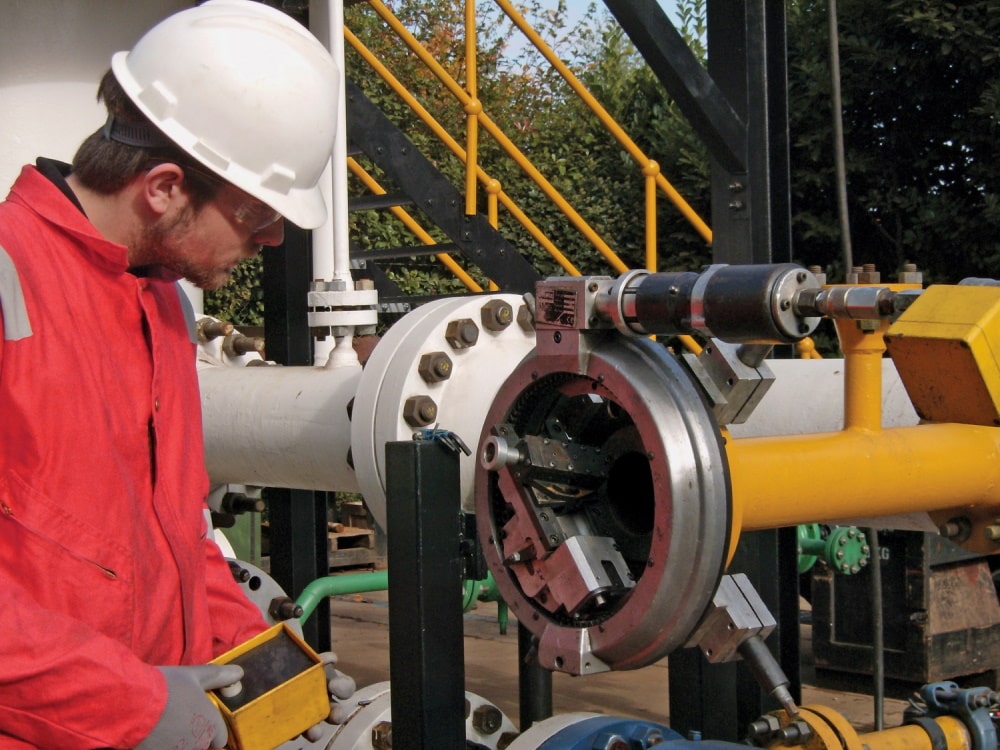Offshore Decommissioning Glossary

February 24, 2020
0
Offshore decommissioning is set to soar and there’s many different applications where Mirage decommissioning tools can be used to dismantle offshore structures effectively.
Before you even start to think about decommissioning tools and equipment, for workers new to the offshore decommissioning sector, the terminology may seem a little strange and confusing. So to help you avoid potential embarrassment we’ve put together an introductory list to give you a flavour of some of the phrases you might hear.
Abandonment
This means converting a drilled well to a condition so it can be left indefinitely without further attention – ensuring it will not damage the environment. To ‘plug-off’ the well with cement plugs and salvage all recoverable equipment. Also referred to as “decommissioning’.
Casing/Casing String
Metal pipe inserted into a wellbore and cemented in place to protect both subsurface formations (such as groundwater) and the wellbore. A surface casing is set first to protect groundwater. The production casing is the last one set. The production tubing (through which hydrocarbons flow to the surface) will be suspended inside the production casing.
Christmas Tree
An assembly of fittings and valves on the top of the casing which control the production rate of oil. These include many valves and other components giving it the appearance of a Christmas Tree.
Completion
This one is a bit misleading for beginners – A well is ‘complete’ not when it has finished production, but when everything is in place for oil or gas production to actually start.
Conductor
A conductor pipe is the initial large diameter pipe that is set into the ground to provide a stable structural foundation for a borehole or oil well.

Decommissioning Case Study Pack
Learn how portable machine tools solved four tough decommissioning challenges
CoP
Cessation of production, for example, at the end of a well’s life.
Crude
Unrefined oil in the state when taken directly from the well.
DDU
Short for a ‘double drill unit‘. A portable machine tool used for drilling 2 lift holes simultaneously into a casing. Often used with a bandsaw allowing the casing to be cut and lifted.
Disposal Well
This is a well, which is depleted of oil or gas, into which waste fluids can be injected for safe disposal. Regulatory approval is needed before a well can be used in this way.
DP
The decommissioning plan.
DWS
This is a Portable Diamond Wire Saw used to cut through piles and other subsea cylindrical items. The DWS includes hydraulically operated clamping legs and can be hooked up to an ROV (remotely operated vehicle).
Facility
A system of vessels, piping, valves, tanks and other equipment used to gather, pump, compress, process, measure, store or dispose of petroleum, natural gas, water or a substance.
Installation
A term used to describe all fixed and floating platforms, oil exploration rigs, floating production storage and offloading (FPSO) vessels, subsea structures including pipelines.
IS
The Irish Sea.
Jacket
The framework supporting the topside of a fixed platform or compliant tower type of oil rig.
JULB
A jack-up lift barge. They offer great flexibility and are generally used for construction, maintenance, accommodation and well services including well abandonment. Once moved to the location, the legs are jacked down onto the seafloor to offer more stability.
LNG
Liquefied natural gas. Typically Methane. Converted from gas to liquid to enable easier transportation, Achieved by cooling to -260 degrees Fahrenheit (-160 degrees Celsius).
Manipulator Saw
A diamond wire saw smaller than a DWS. The manipulator saw is designed for cutting through mooring chains
MER
Maximum economic recovery. The MER UK Forum was set up to bring together government, industry and the Oil and Gas Authority (OGA) to deliver a programme of work to maximise economic recovery from the UK Continental Shelf (MER UK) and maximise the UK value from the oil and gas industry as a whole.
OGA
Oil & Gas Authority. (Great Britain).
Platform
An offshore structure that is permanently fixed to the seabed.
RTR (Rigs to Reef)
Leaving platform structures on the seabed to naturally evolve into an artificial ‘reef’ suitable for habitation by sea life.
ROV
Remotely operated vehicle used subsea to move equipment and carry out tasks.
SNS
The Southern North Sea.
Stripper Production
The final stage of production in the life of an oil well or oil field. During this stage there will be very low rates of production, sometimes no more than a barrel of oil per day.
Suspended Well
A well previously completed (ready for production) but now no longer used for production.
SNS
The Southern North Sea.
Template
This is a steel frame anchored to the sea floor used to tie-in production from several wells.
Tension Leg Platform
A type of platform generally used in deep waters. Instead of a stationary platform attached to the ocean floor, the surface platform is tethered to a template on the ocean floor by flexible steel tendons.
Topside
The superstructure of a platform where much of the work is carried out and the living quarters.
UKCS
United Kingdom Continental Shelf. Includes parts of the North Sea, the North Atlantic, the Irish Sea and the English Channel. This area contains large resources of oil and gas.
Well Bore
The hole made by the drilling bit. Wellhead The equipment used to maintain surface control of a well.
Topside
The superstructure of a platform where much of the work is carried out and the living quarters.
Download our Decommissioning Tools Buyers Guide or if you prefer to discuss your options right now please click here to get in touch.



